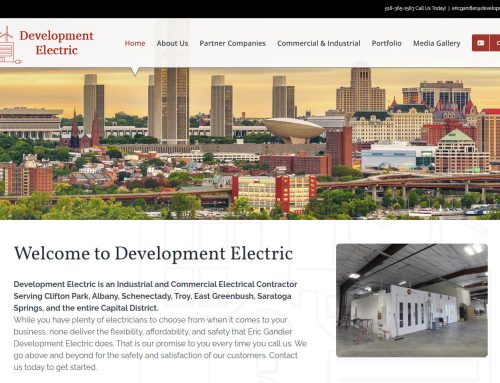If you’re seeking a career that doesn’t require a four-year degree and helps you avoid student loan debt, becoming an electrician might be ideal. Here’s a concise guide to starting your journey.
Getting Started: Training and Apprenticeships
Technical Training Programs: Community colleges and technical schools offer programs that provide foundational knowledge and hands-on experience.
Apprenticeships: You can also start with an apprenticeship, either union or non-union.
- Non-Union: Often requires a trade school certificate before on-the-job training.
- Union (e.g., IBEW): Requires union membership and dues, but you earn a wage during training and may have higher earning potential due to access to union jobs.
The Advantages of an Electrician Career
Avoid significant student debt while enjoying competitive salaries and varied, hands-on work.
What Does an Electrician Do?
Electricians design, install, maintain, and repair electrical systems in homes, factories, and businesses. They may specialize in areas like residential, maintenance, or highway systems.
Typical Responsibilities:
- Reading wiring diagrams and blueprints
- Planning electrical layouts
- Installing and maintaining wiring, lighting, and control systems
- Following codes and safety standards
- Troubleshooting electrical problems
Conclusion
A career as an electrician offers a promising future with good pay, job security, and the satisfaction of hands-on work. Whether you start with a training program or an apprenticeship, you’ll be on your way to a fulfilling career without the burden of student debt. Consider becoming an electrician for a stable and rewarding career path.





